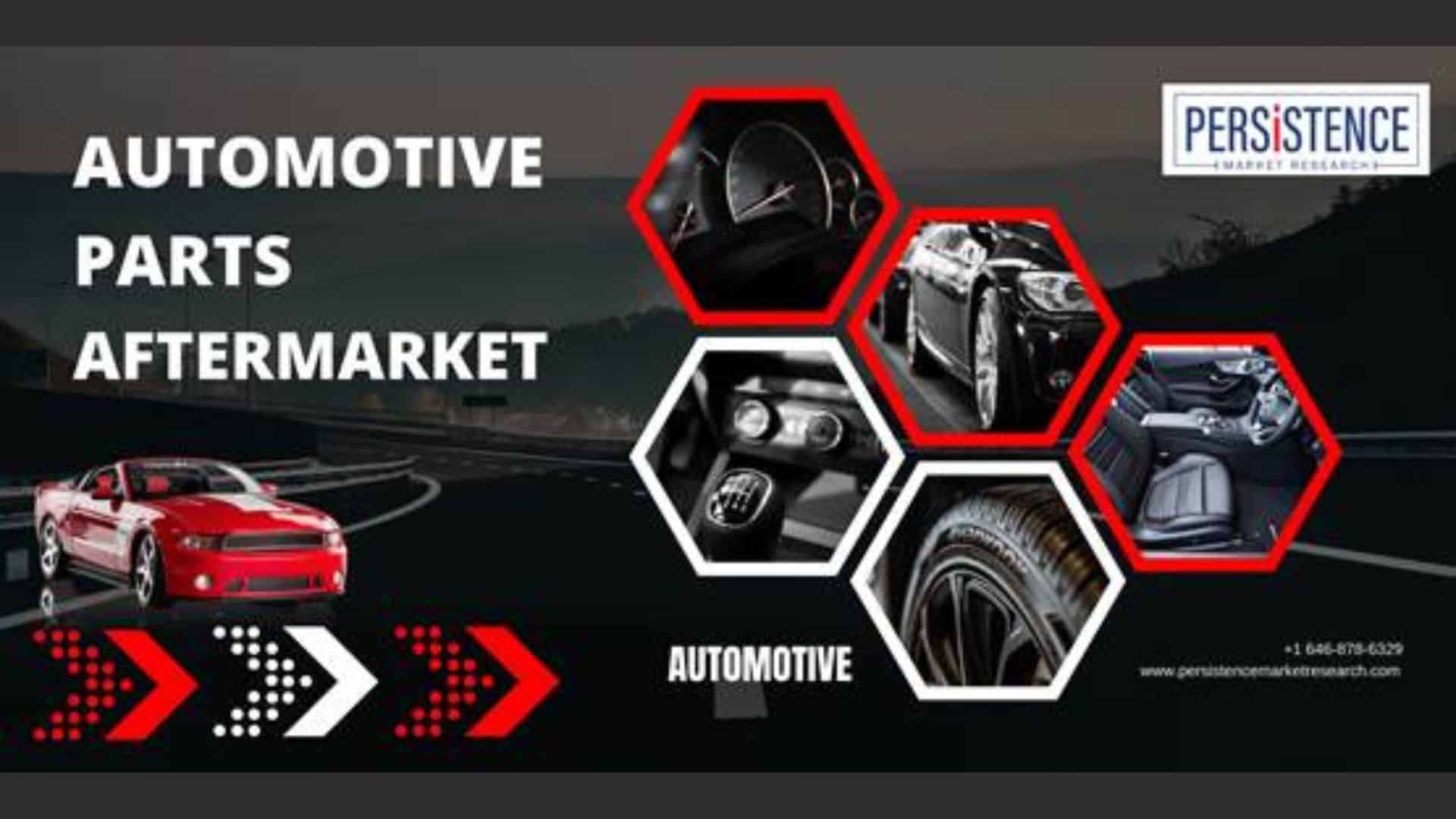
The automotive parts aftermarket is an important segment of the worldwide automotive industry, supplying replacement parts, accessories, and services.
Persistence Market Research estimates that the automotive parts industry generated US$ 548 billion in revenue by 2022. With a compound annual growth rate (CAGR) of 5.5 per cent from 2023 to 2033, the replacement parts industry as a whole is expected to reach US$ 984 billion by 2033.
Driven by factors like growing vehicle parks, developments in automotive technology, and demand for affordable maintenance solutions, the aftermarket segment is expected to grow significantly. The market is predicted to reach a valuation of over US$500 billion by 2030, propelled by the widespread adoption of electric vehicles (EVs) and advancements in automation and connectivity.
The age of the vehicle and maintenance requirements, technical improvements, and the expansion of e-commerce are some of the factors driving the aftermarket for automotive parts.
To meet the varied needs of customers, innovations concentrate on improving performance, robustness, and compatibility with changing vehicle technology.
Notwithstanding the aftermarket’s potential for expansion, obstacles include fake goods, complicated regulations, and the requirement for specialised staff for upkeep and installation. In order to preserve quality standards and optimise supply chain operations, industry players must work together to address these concerns.
The aftermarket for car parts offers profitable prospects in the face of changing consumer tastes and technical breakthroughs. Through the utilisation of innovation, adoption of sustainable practices, and maintenance of product dependability, stakeholders can profit from the increasing need for aftermarket solutions. The automobile industry is evolving towards efficiency, sustainability, and improved consumer happiness; this evolution depends critically on the sector’s resilience and adaptability.
